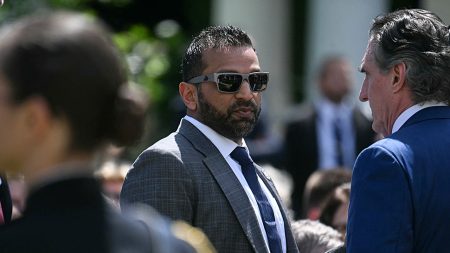Disney’s Shift from the Middle Class: A Changing American Dream
In recent years, Disney has undergone a significant transformation in its business strategy, one that reflects a broader trend across corporate America. The theme park giant, once synonymous with accessible family entertainment, has increasingly positioned itself as a luxury experience, effectively pricing out the middle-class families who were its core customers for generations. This shift represents more than just a business decision; it symbolizes a changing relationship between iconic American companies and the middle class that once defined their success.
The evolution of Disney’s pricing strategy tells a compelling story about economic stratification in America. When Walt Disney opened Disneyland in 1955, he envisioned a place where families of all income levels could enjoy quality entertainment together. For decades, this vision held true, with reasonably priced admission tickets, affordable food options, and accessible accommodations. However, in the last decade, Disney has implemented a multi-tiered pricing system that dramatically increases costs for peak visitation times, introduced premium add-ons like Lightning Lanes (replacing the formerly free FastPass system), and created exclusive experiences available only to those willing to pay substantial premiums. A family vacation to Disney World, once a middle-class rite of passage, now easily costs thousands of dollars for just a few days—placing it firmly out of reach for many Americans who could have afforded it a generation ago.
This transformation mirrors broader economic trends in the United States, where income inequality has steadily widened and the middle class has hollowed out. Disney’s strategic pivot reflects a calculated business decision: catering to affluent customers who can afford premium experiences generates more profit than serving a broader but less affluent customer base. The company has essentially determined that extracting maximum revenue from fewer, wealthier visitors is more profitable than maintaining accessibility for the middle class. This approach manifests not just in ticket prices but in every aspect of the Disney experience—from $75 character breakfasts to resort hotels stratified by price point, creating clear demarcations between those who can afford the full “magic” and those who cannot. The model has been financially successful for Disney’s shareholders, but it raises profound questions about the company’s original mission and its cultural significance in American life.
The implications of this shift extend far beyond Disney’s bottom line, touching on questions of cultural access and shared national experiences. For generations, a Disney vacation represented an achievable aspiration for middle-class families—a special but attainable milestone. Children from diverse economic backgrounds could share the common experience of meeting Mickey Mouse or riding Space Mountain. As Disney becomes increasingly exclusive, these shared cultural touchpoints erode, creating another domain where Americans experience separate and unequal childhoods based on their parents’ financial resources. This segregation of experiences contributes to a broader social fragmentation, where even our dreams and childhood memories become stratified by economic class. When iconic American institutions like Disney reposition themselves as luxury brands, they inadvertently reinforce the message that the American dream itself has become a premium product, available only to those who can afford the upgrade.
Disney is far from alone in this retreat from the middle class. Across industries—from airlines with their multiple cabin classes and endless fees, to grocery stores splitting into discount and premium segments, to housing developers focusing on either luxury or subsidized units while building little for the middle—American businesses increasingly operate on a barbell model that caters to the affluent and the budget-conscious while abandoning the middle. This bifurcation reflects cold business logic in an era of income inequality: as middle-class purchasing power stagnates, companies find greater profit potential at the economic extremes. The irony is that many of these companies, Disney included, built their historical success and brand identity by serving the very middle-class customers they now increasingly exclude. Their current prosperity may come at the cost of their long-term cultural relevance and the goodwill they accumulated across generations.
The question that remains is whether this abandonment of the middle represents a permanent shift in American business or a cyclical trend that will eventually correct. Some analysts argue that companies like Disney risk long-term brand damage by pricing out the families who sustain their cultural importance across generations. Others point to consumer backlash and growing criticism as potential catalysts for change. What seems clear is that Disney’s transformation reflects a profound shift in American capitalism—one where shared experiences and cultural institutions increasingly become luxury goods rather than common heritage. For the middle-class families watching Disney vacations slip beyond their financial reach, the company’s slogan takes on a bittersweet meaning: the “most magical place on Earth” now comes with the unspoken caveat that magic, like so much in modern America, is increasingly reserved for those who can afford to pay for it.









